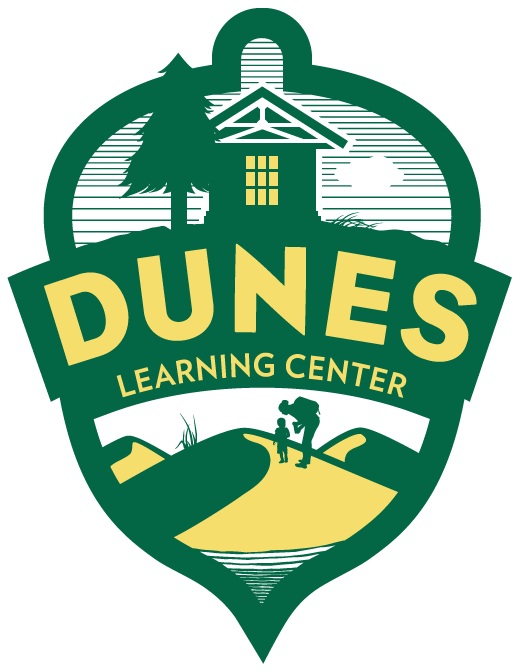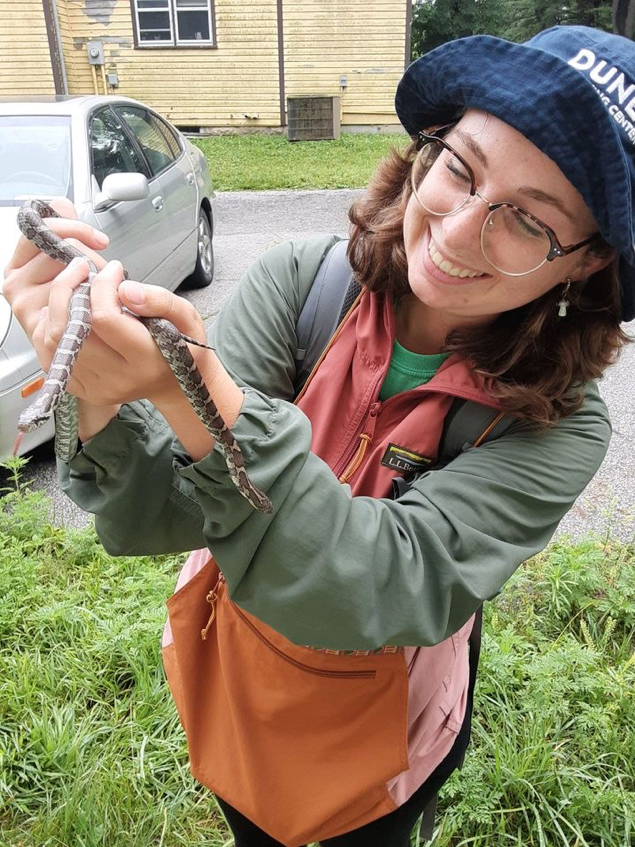Herping in the Dunes
/Since I started working here in June 2022 I’ve come to admire the Indiana Dunes and all the plants and animals that live here. However, one group of animals has become my favorite and that’s reptiles and amphibians (or herps)!
Living in the Indiana Dunes National Park, I’m lucky enough to find wildlife right outside my door! We can regularly find milk snakes, garter snakes, Eastern and Cope’s Gray Treefrogs, and Green frogs by the house. Finding these animals before or after work is always a treat and makes me smile. I also enjoy sharing my knowledge of and love for reptiles and amphibians with students who visit DLC. I always try to stop and look for salamanders with them at Cowles Bog. If we’re lucky, we’ll find some Blue Spotted Salamanders, which for some students is their first encounter with a salamander! Recently, we’ve also been seeing lots of Wood frogs and Hognose snakes on our hikes, which is always a treat. On the weekends, I like visiting the state and national parks, which is a great opportunity to go herping (searching for reptiles and amphibians). I’ve always enjoyed being around reptiles and amphibians, whether it’s catching frogs, working with sea turtles, handling snakes, or just saying hi to my friend’s leopard gecko from time to time.
I love these animals because each one is so unique and beautiful. I also get to learn more and more about each species I see everyday, which is exciting! There’s something about finding a salamander or turtle that gives me so much joy, and being able to teach students about them is something I find very fulfilling. I’ve also been busy herping in my free time. Here’s a list of my most recent herp discoveries!
Recent herp finds:
Ring-necked snake
Hognose snake
DeKay’s brownsnake
Garter snake
Milk snake
Six-lined racerunner
Eastern gray treefrog
Cope’s gray treefrog
Green frog
Wood frog
Fowler’s toad
American toad
Painted turtle
Snapping turtle
Blue-spotted salamander
Sierra Conley
Interpretive Naturalist








